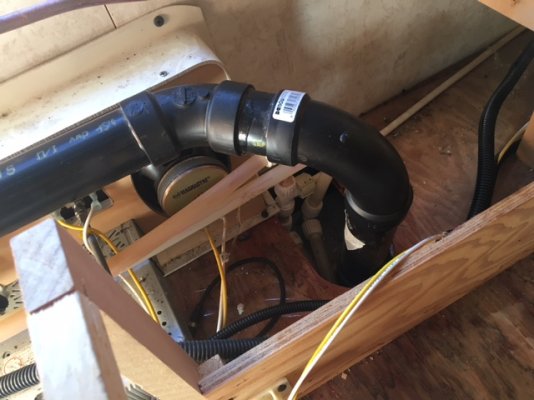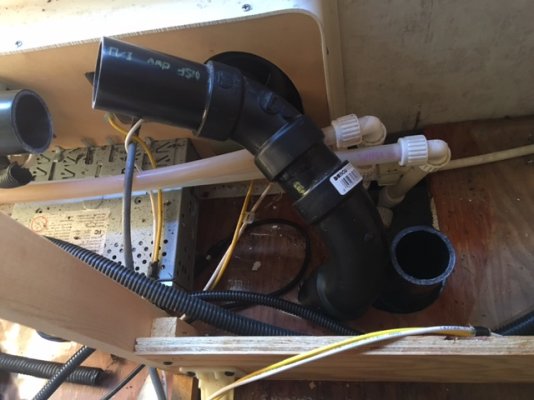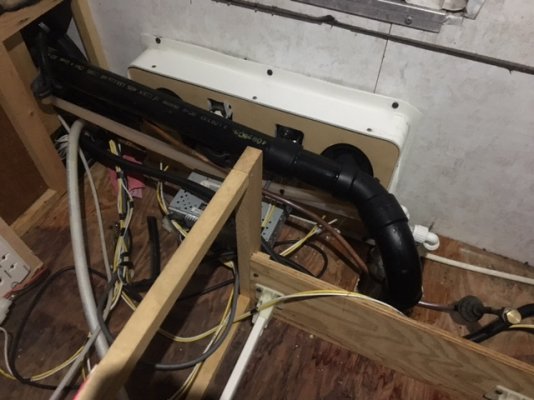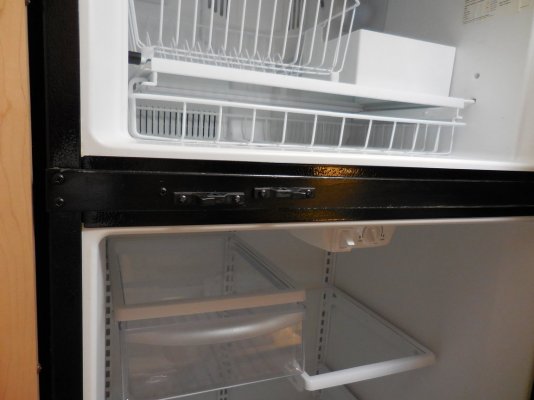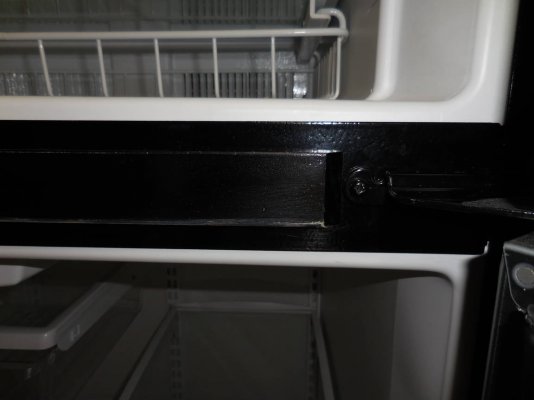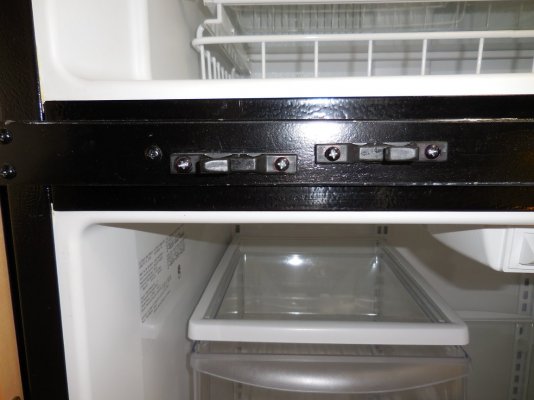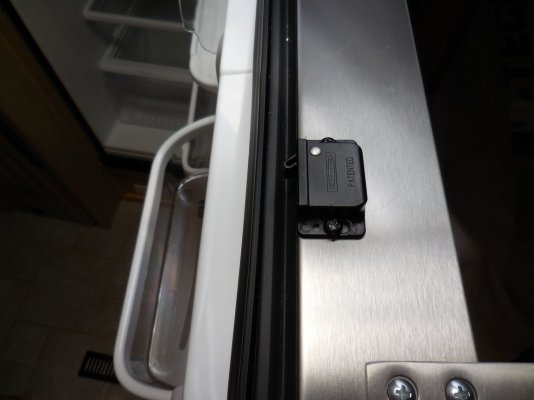BinaryBob said:
Yes, please. I would be very interested.
As promised...
The instructions are listed in numbered sequence. If I do this it this way is easier for me to follow. Considering your UID on the forum, the numbers at the start of each step have been adjusted accordingly.
This travel latch installation was installed on a Frigidaire LGHT1837N F, top freezer model.
0000) Obtain 2 ea. drawer/cabinet latching assemblies, (AKA push latch, drawer catch assy). Latches used here are ?beefier? than the ones normally found in cabinet drawers, at least in our case. The adjustable portion of the latch in our cabinets is 2.125? long. For the refrigerator it is 2.8125 ? long and thicker. This helps bridge the gap between the refrigerator door(s) and the added strip. The latches are a generic item.
0001) Obtain a piece of hard wood, a good choice would be cabinet moulding. Cut to fit to 1.4375? H, 15.5? W, and 0.375 Thick. Height is critical so the doors do not rub on the strip. Note the angled cut on the right side of the wood strip.
0010) Drill three (3) thru holes in the wood, matching the three (3) left most (assuming hinges of refrigerator on right) screws that exist in the cabinet between the refrigerator and freezer doors.
0011) Obtain three (3) new screws, same diameter, and longer length to account for added wood strip.
0100) Paint all 6 sides of the wood to match the area where the wood strip is to be installed. Paint back side of wood because of temperature and moisture in area when opening and closing doors.
0101) Attach wood strip with the three (3) new screws. If you determine that the right portion of the strip is too loose or may move after time, a small amount of appropriate adhesive may be used. Consider the porosity of the two materials when choosing the adhesive.
0110) Mount latches as shown. Adjustable portion on wood strip, non-adjustable portion on doors.
0111) Perform necessary adjustments.
We have not had any problems with this latching method. Fine tuned the adjustments, twice I think, in the 4.5 years the unit has been in the coach.
I did not make any new holes in the refrigerator cabinet. This is good because one does always know what a manufacturer puts where! Only new holes are in the doors. Since there is no water lines, ice cube chutes, 4 port routers with Wi-Fi, cameras, TVs, horoscope predictors, etc. in the doors of this model the new holes should not be a problem.
Hope this works for you.

